June 3, 2025 | 18:25 GMT +7
June 3, 2025 | 18:25 GMT +7
Hotline: 0913.378.918
June 3, 2025 | 18:25 GMT +7
Hotline: 0913.378.918
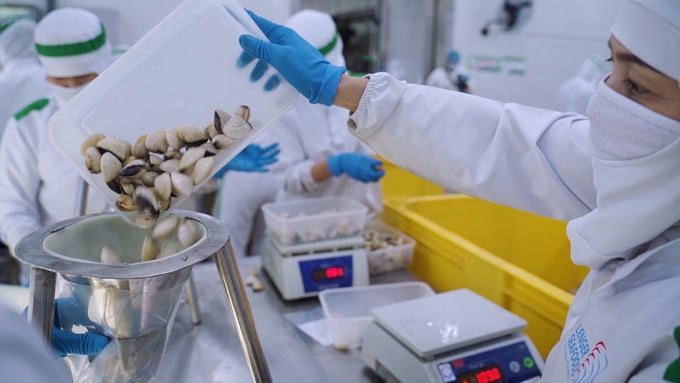
Export turnover of two-shell mollusks from Vietnam in the first nine months of 2023 reached 98 million USD, marking a decrease of 11% compared to the same period in 2022. Accordingly, export turnover of Vietnamese clam reached 62 million USD. Photo: Quang Dung.
The production, harvesting, and processing of clams are gradually becoming a significant livelihood for coastal residents, contributing to improved income and livelihoods. Mollusk products, including clams, are not only popular domestically but also constitute a major exported seafood group in Vietnam.
According to the Vietnam Association of Seafood Exporters and Producers (VASEP), the export turnover of bivalve mollusks from Vietnam in the first nine months of 2023 reached 98 million USD, marking a decrease of 11% compared to the same period in 2022. Accordingly, export turnover of Vietnamese clam reached 62 million USD.
The top nine markets for the export of bivalve mollusks from Vietnam in the first nine months of 2023 include Spain, Italy, Portugal, Japan, the United States, China, and Hong Kong.
Moreover, Vietnamese clam products have gained access to nearly 60 markets worldwide. With advantages in domestic production in combination with an expansive consumer market, the clam industry is expected to reach new heights in the future.
Numerous businesses have been focusing on investing in technology and gradually enhancing quality to elevate the brand of Vietnamese clam, with the most notable example being Lenger Seafood Vietnam Co., Ltd.
The Lenger Seafood Corporation from the Netherlands conducted extensive surveys in six clam-farming provinces in Vietnam. After recognizing the long-term potential of clam farming in Nam Dinh province, Lenger Seafood Corporation decided to establish a clam processing plant and set up Lenger Seafood Vietnam Co., Ltd. Since its establishment, Lenger Seafood Vietnam has actively cooperated with local residents and governments to promote the development of clam farming.

The "Lenger Farm" area under Lenger Seafood Vietnam obtained the world's first ASC certification for sustainable clam farming in 2020. Photo: Quang Dung.
According to Ms. Tong Thi Luong, Head of Aquaculture under Nam Dinh province's Department of Fisheries, Lenger Seafood Vietnam is the first company in Vietnam to invest in technology, and the procurement and processing of commercial clams in Nam Dinh province for export.
Starting in 2019, Nam Dinh province's Department of Fisheries, in collaboration with other related agencies, has supported Lenger Seafood Vietnam in establishing a sustainable clam farming program in coordination with farming households in Nghia Hung district.
Most notably, the "Lenger Farm" area under Lenger Seafood Vietnam obtained the world's first ASC certification for sustainable clam farming in 2020. This is an exceptionally favorable condition with new consumption prospects for clams.
Ms. Luong added, "The Nam Dinh province's Department of Fisheries has provided support and collaborated with Lenger Vietnam in applying high technology in its production process. Additionally, both parties have jointly established a project for high-tech clam seed production and pond-based clam farming models. We believe this project is instrumental in enhancing the initial production quality of clam seeds, minimizing difficulties as well as risks in clam farming outside tidal areas."
According to Ms. Luong, the Nam Dinh province's Department of Fisheries and Department of Quality Management for Agriculture, Forestry, and Fisheries have implemented regular environmental monitoring in concentrated clam farming areas. Additionally, the parties have conducted a food safety monitoring program to collect bivalve mollusks. These measures help Lenger select and evaluate product quality accurately, thereby facilitating improved clam product consumption.
Mr. Nguyen Ho Nguyen, General Director of Lenger Seafood Vietnam, shared, "Our company was the first to achieve ASC certification for Vietnamese clams. Subsequently, Lenger Vietnam has established a 500-hectare clam farming area, which is the first internationally ASC-certified site. We are also looking to develop several other certified farming areas."
"We recognize the significant potential of the clam export market, especially in the United States and Japan. However, these countries typically prefer large-sized clams at around 20 to 30 pieces per kilogram, which is a requirement we are currently unable to meet. The clam meat is also a highly potential product. We frequently exported 4 to 5 containers of clam to South Korea in the past, but due to the rising clam prices, this figure has been dropped to only one to two containers. This is a challenge that we need to promptly address in the near future," Mr. Nguyen highlighted.
Translated by Nguyen Hai Long

(VAN) The U.S. is the largest market for Vietnamese cashew nuts. However, when exports to the U.S. encounter difficulties due to reciprocal tariffs, Vietnamese cashews still have many other potential markets.
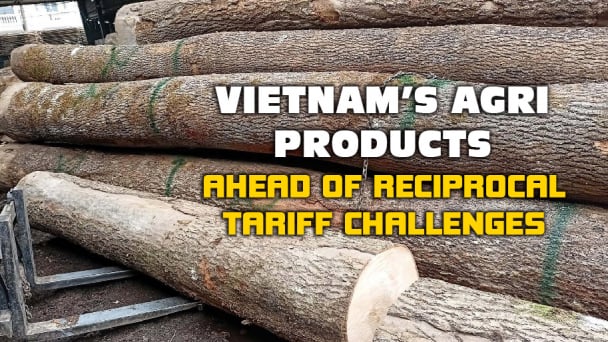
(VAN) Reciprocal tariffs present a significant obstacle to Vietnam's wood exports to the United States; however, domestic wood businesses are endeavoring to preserve their market share in this critical market.
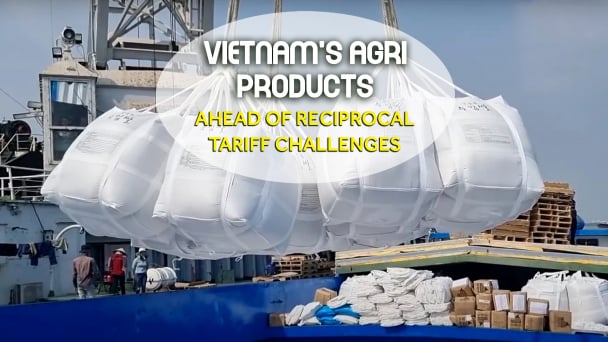
(VAN) Businesses in Vietnam are attempting to export rice to the United States ahead of the implementation of reciprocal tariffs, while remaining their optimism regarding this critical market.
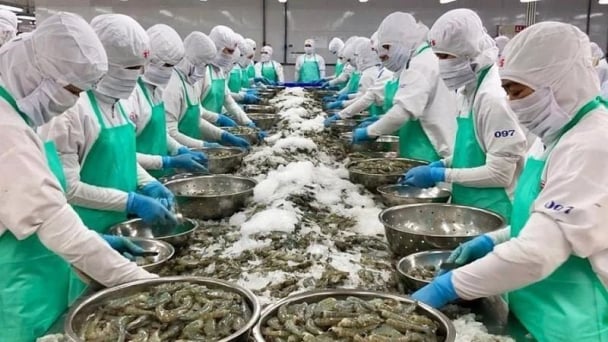
(VAN) From containers of cashew nuts, shrimp to in-depth technical dialogues, agricultural cooperation between Vietnam and the United States is entering a period of sustainable and two-way development.
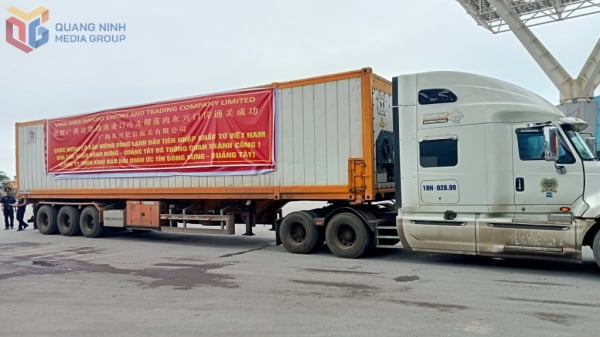
(VAN) After the talks on May 28, Vietnam successfully exported its first batch of frozen durians to China, marking a new milestone in agricultural trade cooperation between the two countries.
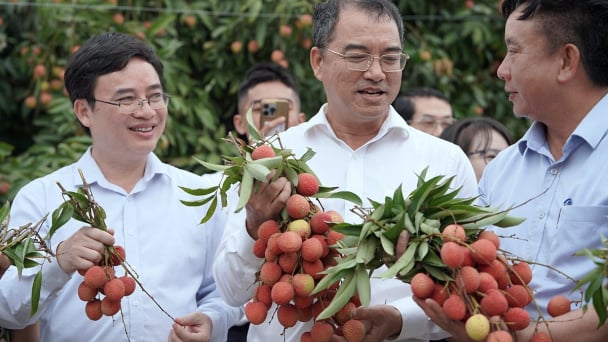
(VAN) Several major companies, such as Red Dragon and Ameii Vietnam, have signed purchasing agreements for the 2025 season, targeting markets including Japan, the United States, and the EU.
/2025/05/30/5010-5-173638_943.jpg)
(VAN) On May 29, at the GO! My Tho Trading Center, the Tien Giang Department of Industry and Trade, in collaboration with Central Retail Corporation, held the opening ceremony of the 3rd Fruit Festival 2025.